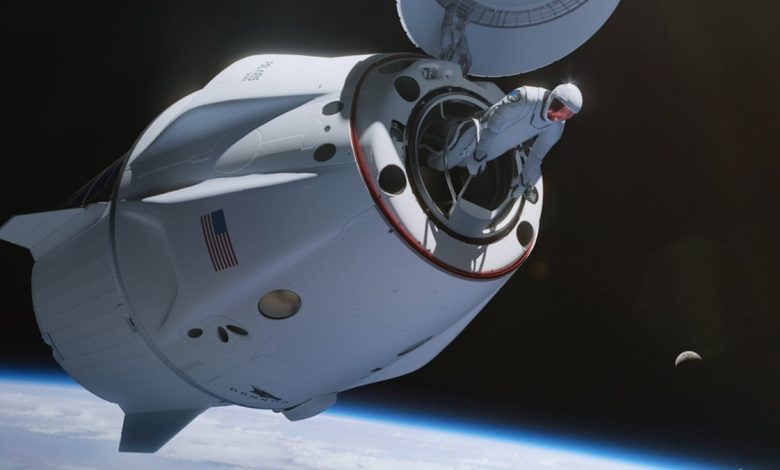Historic private astronaut mission ends with splashdown off Florida

The four-member team led by fintech billionaire Isaacman launched Tuesday from the Kennedy Space Center, quickly journeying deeper into the cosmos than any humans in the past half century as they ventured into the dangerous Van Allen radiation belt.
They hit a peak altitude of 870 miles (1,400 kilometres) – more than three times higher than the International Space Station and the furthest humans had ever travelled from Earth since the Apollo missions to the Moon.
Then on Thursday, with their Dragon spacecraft’s orbit brought down to 434 miles, Isaacman swung open the hatch and climbed out into the void, gripping a structure called “Skywalker” as a breathtaking view of Earth unfolded before him.
“SpaceX, back at home we all have a lot of work to do, but from here, Earth sure looks like a perfect world,” he told mission control in Hawthorne, California, where teams erupted in applause.
He went back inside after a few minutes and was replaced by a second astronaut, SpaceX engineer Gillis, who, like Isaacman, performed a series of mobility tests on SpaceX’s sleek, next-generation suits.
Since Dragon doesn’t have an airlock, the entire crew were exposed to the vacuum of space. Mission pilot Poteet and SpaceX engineer Menon remained strapped in throughout as they monitored vital support systems.
It marked a “giant leap forward” for the commercial space industry, said NASA chief Bill Nelson, as well as another triumphant achievement for SpaceX.
Founded in 2002, the company has quickly outpaced its legacy competitors, now thriving as one of NASA’s prime contractors – thanks in large part to owner and CEO Elon Musk’s fervent drive to colonise Mars.


 Casino Welcome Bonus
Casino Welcome Bonus